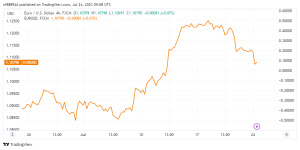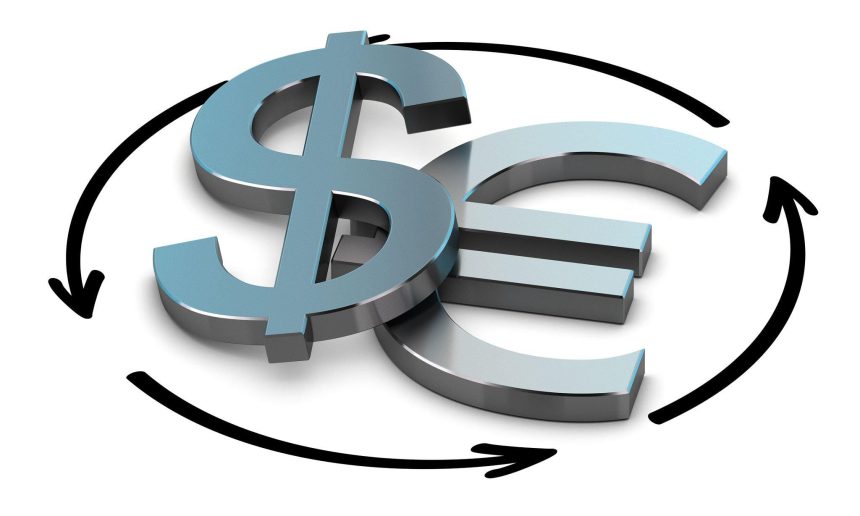Following a tranquil Asian session, the EURUSD saw severe bearish pressure and fell below 1.1100 on Monday. The pair may find support at 1.1050, although oversold conditions may limit losses in the short term.
The German HCOB Composite PMI decreased from 50.6 in June to 48.3 in early July, indicating a downturn in the country’s private sector economic activity.
According to the conclusions of the PMI surveys, “there is an increased likelihood that the economy will be in recession in the second half of the year.” Dr. Cyrus de la Rubia is the Chief Economist of According to Hamburg Commercial Bank (HCOB). “This is because our GDP nowcast for the third quarter, which takes into account the most recent HCOB PMI figures, indicates negative growth.”
Similarly, the Eurozone HCOB Composite PMI fell to 48.9 from 49.9 in the same period, while the Manufacturing PMI fell to 42.7 from 43.4.
Market investors will be watching S&P Global PMIs from the United States intently in the afternoon. A number above 50 might reinforce that the US economy is in better health than the Eurozone’s, putting more pressure on the EURUSD ahead of this week’s crucial European Central Bank and Federal Reserve policy statements.
EURUSD Technical Analysis
The 4-hour chart’s Relative Strength Index (RSI) indication dropped below 30 in the European morning, indicating that the EURUSD is oversold.
On the downside, 1.1050 (100-period Simple Moving Average (SMA), Fibonacci 50% retracement of the most recent downturn) is the next key support level. A 4-hour closing below that level could signal the beginning of a longer-term decline approaching 1.1000 (Fibonacci 61.8% retracement, psychological level) and 1.0970 (200-period SMA).

If the pair can correct above 1.1100 (Fibonacci 38.2% retracement) and stable there, the next resistance levels might be 1.1160 (Fibonacci 23.6% retracement, 20-period SMA) and 1.1180 (50-period SMA).









